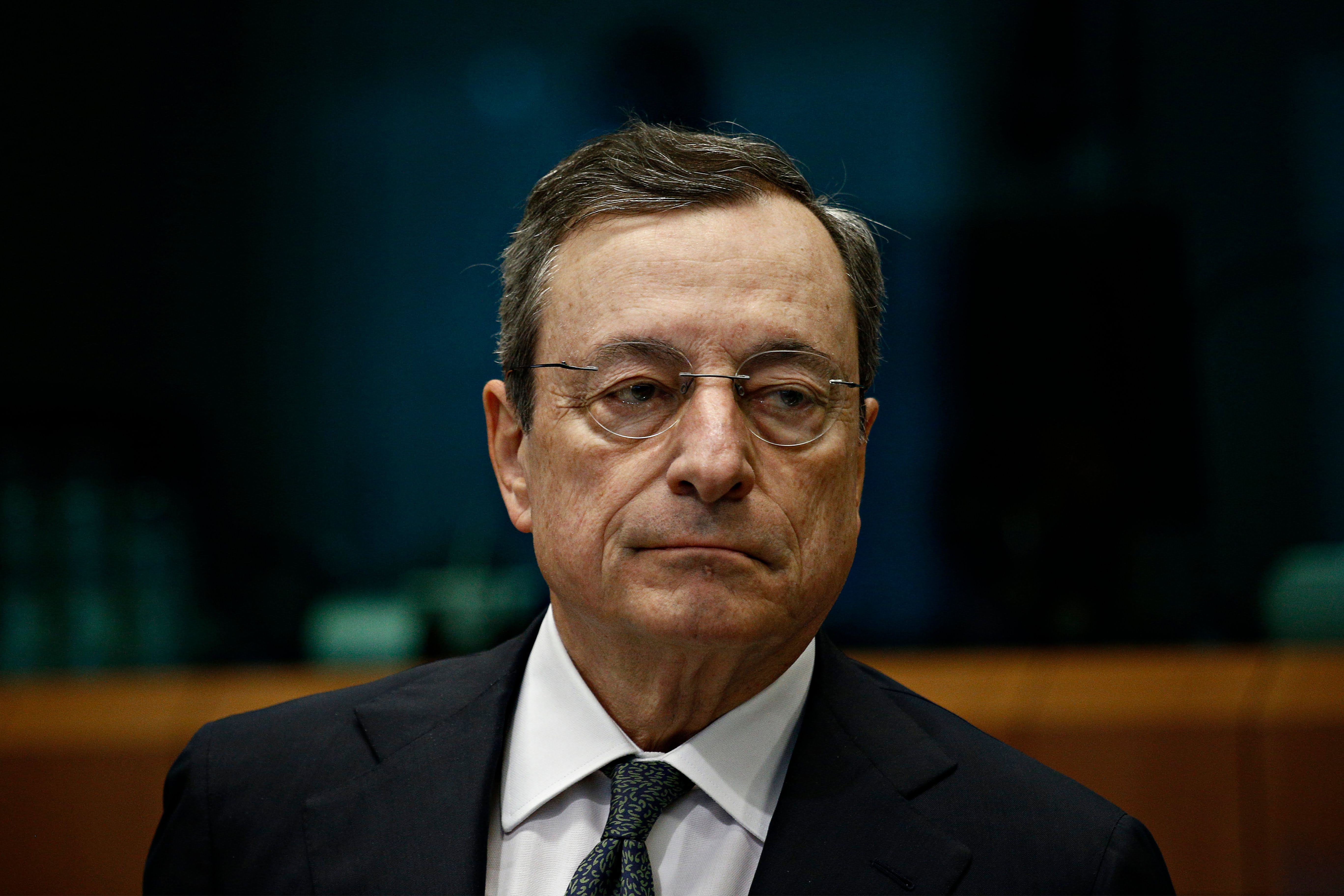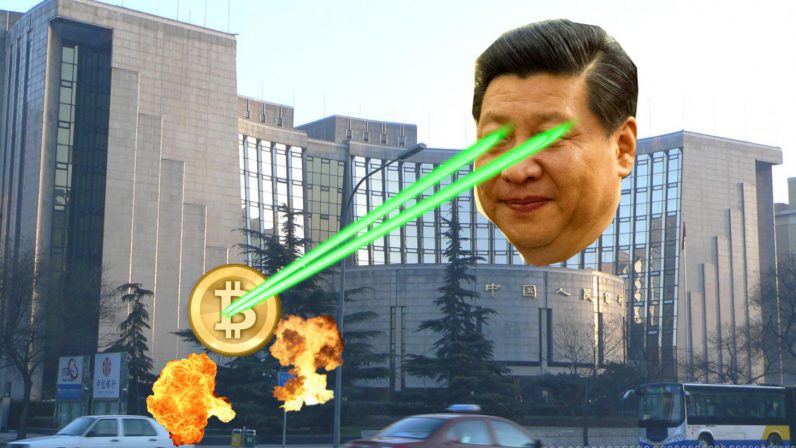
2019-9-28 19:53 |
In a letter addressed to Eva Kaili, a member of the European parliament and a well-known cryptocurrency advocate, the current president of the European Central Bank, Mario Draghi, lays down his views on cryptocurrencies and their future in the banking sector.
According to the letter, the European System of Central Banks (ESCB) is monitoring developments in the financial sector, and apparently has an open-minded approach to new technologies that align with its purposes.
Critical improvements of @ECB approach regarding #cryptocurrencies & #stablecoins #Libra President of ECB #MarioDraghi replied to MEP Eva Kaili & recognizes future potential as means of payment while keeping an open mind for the utility of a crypto-Eurohttps://t.co/YH4l3LzGG6 pic.twitter.com/ewhzKgkXQx
— Eva Kaili (@EvaKaili) September 27, 2019
A Stablecoin Could be BestDraghi notes that digital assets and stablecoins are currently under investigation for their potential in “monetary policy, the safety and efficiency of payments and market infrastructures and the stability of the financial system.” Moreover, Draghi specifically mentions Libra as a new stablecoin arrangement that has the potential for widespread adoption and use due to being backed by large technology companies. That said, Libra still needs the approval of countries like France, as BeInCrypto previously reported.
As of yet, it appears that the European Central Bank considers stablecoins to be of limited use in the aforementioned areas, apparently due to the way they are currently designed. However, Draghi did note that given the rapid pace of innovation in the space, and the evolution in stablecoin business models, this situation might be different in the future.
Beyond this, Draghi also re-clarifies the views of the G7 working group on the stablecoin matter, noting that the G7 working group is aware of the current challenges in cross border payments and access to payment services—noting that stablecoins have had a role in bringing these challenges to light.
However, despite this, stablecoins are currently thought to present their own set of risks, including those “related to monetary policy transmission, financial stability, and the smooth functioning of the global payment system.” Because of this, regulatory and policy concerns should be addressed before these can be considered for their use by banks within the G7 working group.
The letter concludes by highlighting the views of the banks within the European System of Central Banks (ESCB), noting that they are receptive to the policy questions stablecoins have raised in recent times.
Public-Facing Digital EuroAdditionally, the ESCB is actively investigating the possibility of releasing a digital version of the euro to the general public. Clarifying that it is not a technological problem that is holding it back, but “rather its utility in terms of costs and benefits to the public.” He adds that the ESCB already implementing new technologies to help with faster settlement and cross-border payments, such as the TARGET Instant Payment Settlement Service (TIPS).
Draghi is due to be replaced by Christine Lagarde as the president of the European Central Bank on November 1, 2019. It remains to be seen how this change will affect how the European Central Bank proceeds with its research in the future. However, based on Lagarde’s recent comments, she is fully aware of their potential to shake up legacy financial systems.
What do you think about the possibility of a digital euro? Is it currently needed in today’s society? Let’s hear your thoughts in the comments below!
Images are courtesy of Twitter, Shutterstock.
The post European Central Bank Investigating Stablecoins and a Possible Digital Euro appeared first on BeInCrypto.
origin »Central African CFA Franc (XAF) íà Currencies.ru
|
|















